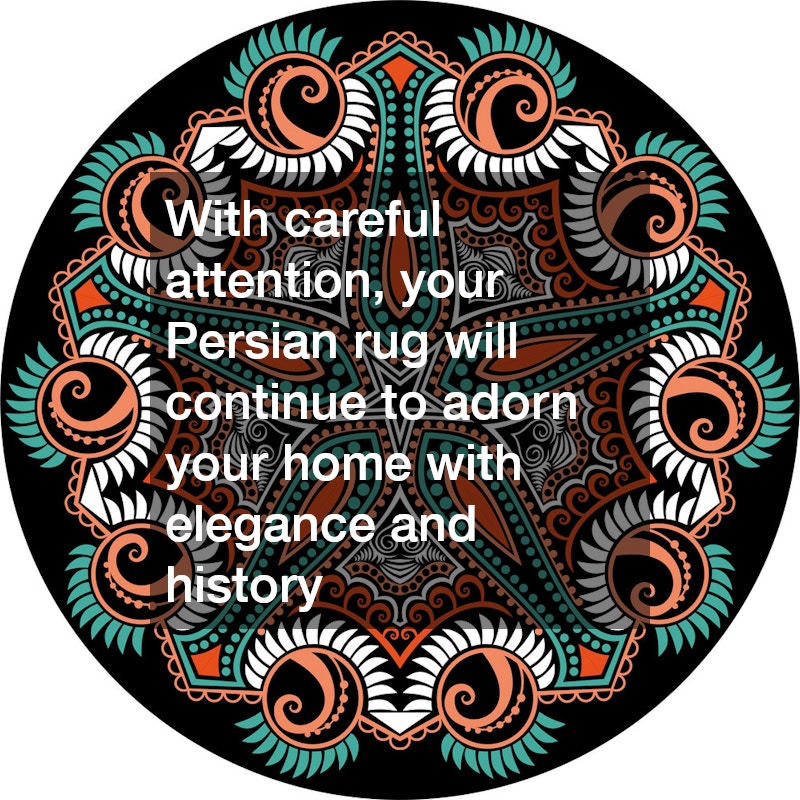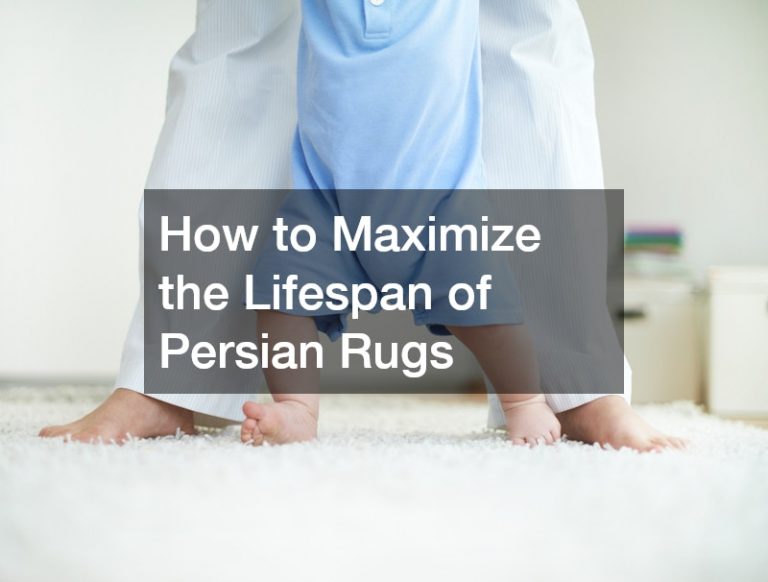
Persian rugs are exquisite and valuable pieces that can last for generations when properly cared for. These rugs are not just decorative artifacts; they carry the history and craftsmanship of various cultures. This article explores effective methods to maintain the beauty and extend the life of these treasured rugs.
What is the Best Way to Clean Persian Rugs?
Understanding the Material
Knowing the material composition of your Persian rug is essential for selecting the appropriate cleaning techniques. Persian rugs are often made from wool, silk, or cotton, each requiring specific care. Understanding the fiber type helps in choosing the right cleaning agents and methods to avoid damaging the rug.
Wool rugs are more resilient to cleaning than silk, which is more delicate and requires gentler handling. Professional cleaning services can be a wise investment, particularly for silk or antique rugs. Avoid using harsh chemicals as they can weaken natural fibers and fade colors.
Regular Vacuuming Practices
Regular vacuuming is crucial for maintaining the cleanliness of Persian rugs and ensuring their longevity. It’s recommended to vacuum weekly using a vacuum cleaner without a beater bar to prevent fiber damage. Ensure you vacuum both the front and back of the rug to thoroughly remove dirt and debris.
Over time, fine particles can settle at the base of the rug, abrading fibers and leading to premature wear. Gentle suction or setting the vacuum to a lower power mode can help to lift particles without dragging or loosening the threads. Maintaining this routine helps to avoid producing uniform wear patterns.
Dealing with Stains Effectively
Stains on Persian rugs should be addressed promptly to prevent permanent damage. Start by blotting the affected area with a clean, dry cloth to absorb as much of the spill as possible. Avoid rubbing the stain, as this can cause it to penetrate deeper into the fibers.
For more tenacious stains, apply a solution of water and mild detergent, gently blotting with a damp cloth. Test any cleaning solution on a small, inconspicuous part of the rug first to ensure it doesn’t cause discoloration. Patience and care in cleaning can effectively preserve the rug’s appearance.
How Can I Protect My Persian Rugs from Wear and Tear?
Strategic Placement and Rotation
Strategic placement of your Persian rug can significantly reduce wear and tear from foot traffic. It’s advisable to position rugs in low-traffic areas, away from direct pathways to prevent uneven wearing. By utilizing rugs in seating areas or under furniture, you can enhance their lifespan.
Regularly rotating your rug helps to distribute wear evenly, especially in areas of higher traffic. Rotating the rug every three to six months is ideal for maintaining a balanced exposure to sunlight and constant wear. This practice helps maintain the rug’s symmetry and shape over time.
Using Appropriate Rug Pads
Rug pads play a vital role in protecting Persian rugs by providing cushioning and preventing slippage. They act as a buffer between the rug and the floor, reducing friction and fiber wear. Rug pads also help hold the rug in place, preventing accidental bunching and slips.
Selecting the right rug pad depends on the type of flooring and rug material. For hardwood floors, a felt and rubber combination offers excellent grip and cushioning without damaging the finish. Rug pads should be slightly smaller than the rug to prevent edges from curling.
Besides wear prevention, rug pads provide added comfort underfoot, enhancing the overall feel of the rug. They can also be a sound investment in maintaining the rug’s flat shape by absorbing the stress of footsteps. Choosing quality rug pads ensures that the life of your rug is prolonged effectively.
Shielding from Sunlight and Moisture
Exposure to sunlight and moisture can significantly diminish the quality of Persian rugs. Over time, sunlight can fade colors, making it vital to place rugs away from direct sunlight or use curtains or blinds. UV-protection window films are another effective measure to consider.
Moisture can lead to mold, mildew, and eventual fiber breakdown, necessitating careful climate control. In areas prone to dampness, using a dehumidifier can safeguard against moisture buildup. Avoid placing rugs in constantly damp rooms such as basements without adequate waterproofing measures in place.
By following these expert care tips, you can ensure your Persian rug remains as stunning as the day you acquired it, allowing it to be enjoyed as a family heirloom for years to come. Regular maintenance through proper cleaning and strategic placement protects these valuable pieces. With careful attention, your Persian rug will continue to adorn your home with elegance and history.
.

